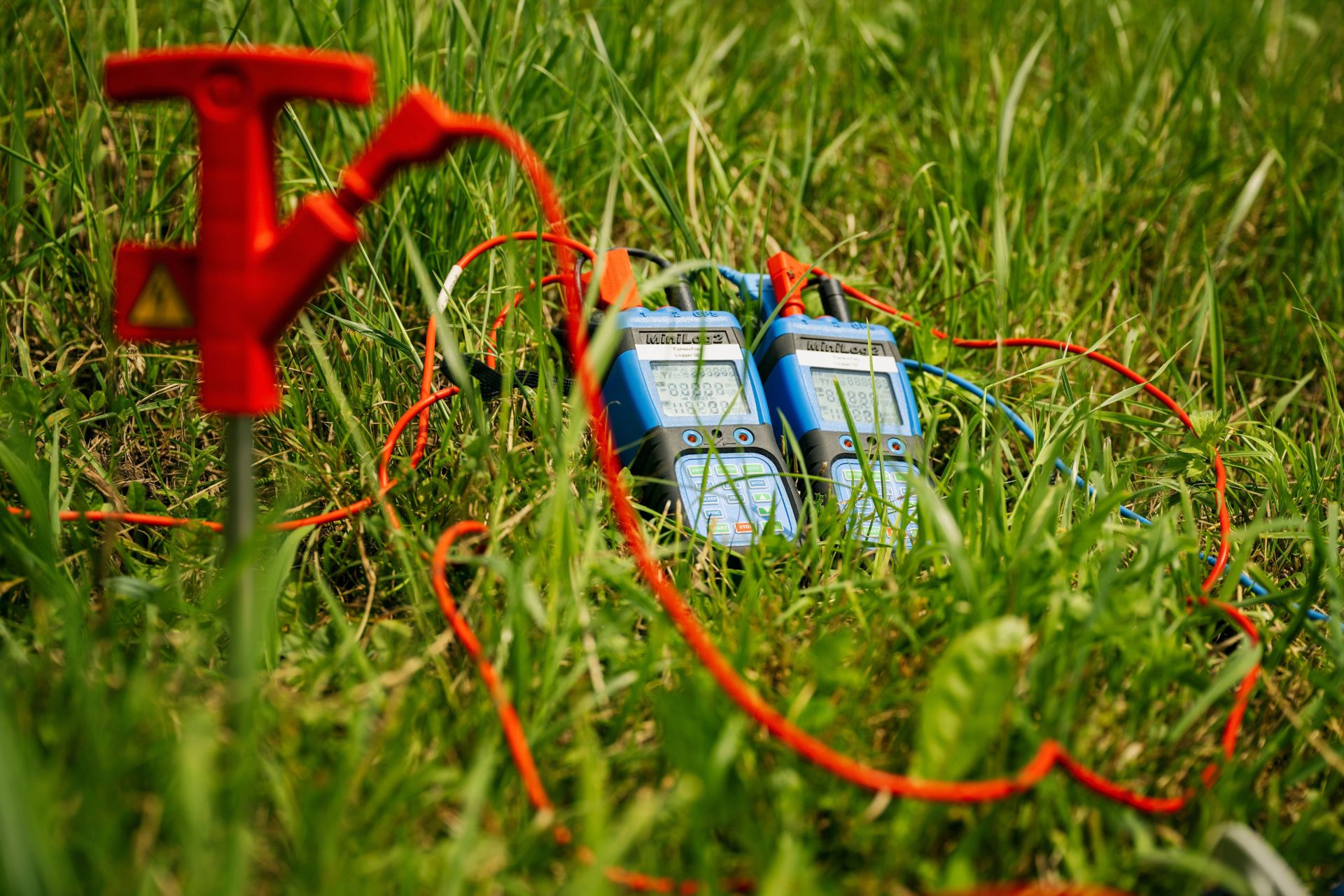Measurements
The precise instrument for safety, efficiency, and reliability in railway operations
The precise instrument for safety, efficiency, and reliability in railway operations

We carry out precise measurements at the customer’s request as an essential contribution to ensuring the safety, efficiency, and reliability of railway systems. These measurements are often also the only way to check that plans have been implemented as intended.
In summary, measurements in the railway environment are essential for the safe and efficient operation of the infrastructure, enabling operators to proactively address problems and continuously optimise the performance and security of their systems.